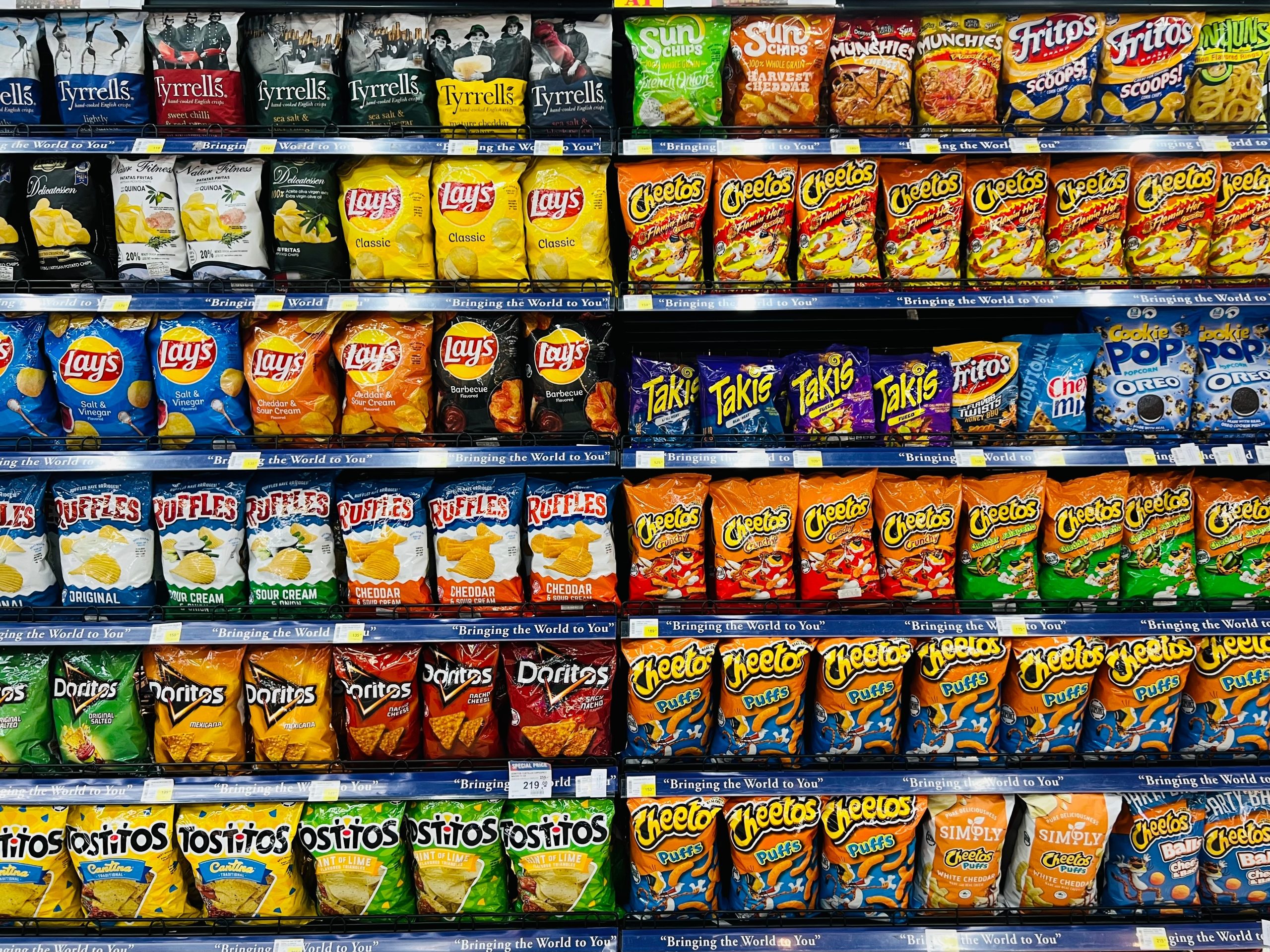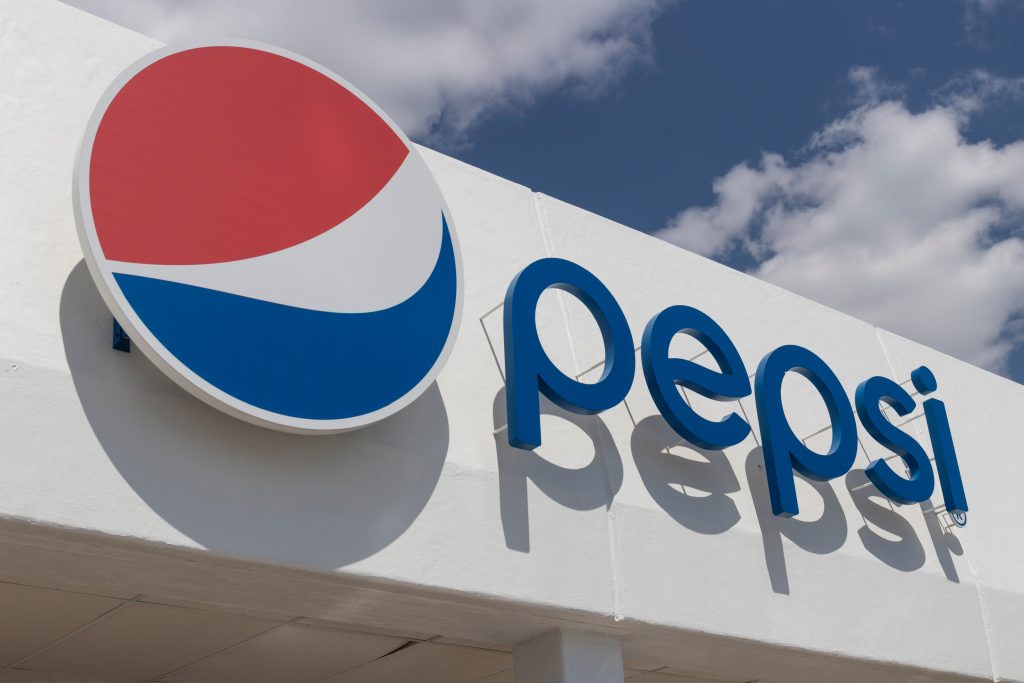Your cart is currently empty!
PepsiCo Plans Major Recipe Change For Doritos And Cheetos

For decades, Doritos have been instantly recognizable by their electric orange glow. That vibrant color, now as iconic as their crunch, has long been powered by petroleum-based synthetic dyes. But those days are coming to an end. PepsiCo, the parent company behind Doritos, Cheetos, and a long list of other household snack brands, has announced that it will phase out artificial colors and flavors from its recipes in a sweeping health-oriented reformulation.
This change marks a major milestone not just for the snack industry but for the broader debate around food safety, consumer health, and the influence of public demand on corporate giants. The era of neon-orange cheese dust is giving way to something closer to nature – and perhaps to a new understanding of what consumers expect from their favorite indulgences.
A Shift in Snack History
PepsiCo revealed the plan during its third-quarter earnings announcement, confirming that Doritos, Cheetos, and other core products will soon be made without artificial flavors or petroleum-based synthetic dyes. The company says this is part of a broader push to make its snacks more natural, aligning with changing consumer preferences and mounting pressure from health authorities.
This move follows the U.S. Department of Health and Human Services’ collaboration with industry leaders to eliminate petroleum-derived food dyes from the American food supply by the end of next year. Among the dyes under scrutiny are Red 40, Yellow 5, and Yellow 6 – three synthetic additives that currently color Doritos Nacho Cheese and Cheetos. These dyes have been at the center of controversy for years, with some studies suggesting potential links to hyperactivity, inflammation, and even cancer in animals.
Registered dietitian Kendall Mackintosh, who spoke to Fox News Digital, explained that this shift reflects not only growing awareness but also accountability within the food industry. She described it as an encouraging sign that major corporations are aligning with the “Make America Healthy Again” initiative championed by Health and Human Services Secretary Robert F. Kennedy Jr.
Health Concerns and Science Behind the Change

The debate around artificial dyes has persisted for decades, and while scientific consensus remains nuanced, growing public concern has prompted regulators and manufacturers to act. Petroleum-based dyes were once celebrated for their vibrancy and stability, but in recent years, research has revealed troubling health implications.
A review by the California Office of Environmental Health Hazard Assessment examined 27 clinical trials and found that 64 percent of the studies showed evidence of behavioral issues in children who consumed artificial dyes. The review didn’t establish causation, but the correlation was enough to trigger national attention. In January, the FDA took a significant step by banning Red 3 after studies linked it to cancer in lab rats. Although officials noted that the mechanism causing cancer in rodents does not apply to humans, the precautionary principle prevailed.
Synthetic dyes such as Red 40 and Yellow 5 are derived from petroleum, a material more often associated with fuel than food. Historically, some of these colorants were manufactured from coal tar. The American Chemical Society notes that today’s dyes are heavily purified and tested, ensuring they contain no trace of their crude oil origins. Yet perception has shifted: even if modern production is safe by regulatory standards, consumers are increasingly uncomfortable eating something derived from oil.
Nutritionist Erin Palinski-Wade, based in New Jersey, observed that while additives may enhance appearance and flavor, natural ingredients offer more transparency. She explained that the shift toward cleaner labels is part of a broader consumer movement to reduce processed ingredients in everyday foods.
Taste, Color, and Consumer Expectations
Behind the announcement lies an enormous technical challenge. Replacing synthetic dyes isn’t as simple as swapping one ingredient for another. Natural colors tend to be less stable, fade faster, and sometimes alter the flavor or texture of a product. PepsiCo’s research and development teams are now tasked with finding natural alternatives that preserve the iconic look and taste of snacks like Doritos and Cheetos.
Chris Coleman, senior director for food research and development at PepsiCo, explained that shifting from artificial to natural colors can take two to three years per product. The process involves identifying plant-based colorants that can maintain stability over months on store shelves while withstanding variations in temperature and light. For products like Cheetos, where the fiery red-orange color defines the brand, the stakes are especially high.
PepsiCo has been experimenting with natural pigments like paprika, turmeric, purple sweet potatoes, and carrots. For example, the reddish hue of Tostitos Salsa Verde – once created using four synthetic dyes – is now achieved using carob powder. In beverages such as Mountain Dew and Cherry 7Up, the company is exploring colors derived from algae and gardenia flowers.
Damien Browne, PepsiCo’s vice president of research and development for beverages, highlighted the complexity of this work. “We eat with our eyes,” he said. “Consumers identify certain products by their color before they even read the label. Getting that hue just right is critical.”
Consumer Power and Regulatory Pressure

This transformation was not sparked solely by government mandates. The real driver appears to be consumer demand. Over the past two decades, PepsiCo has noticed a steady rise in customers seeking products labeled as natural, dye-free, or organic. What began as a niche trend in the early 2000s has grown into a mainstream expectation.
Amanda Grzeda, PepsiCo’s senior director of global sensory and consumer experience, described how early feedback from consumers in the 2000s hinted at this change. The company launched its Simply line of snacks in 2002, offering versions of Doritos and Cheetos without artificial colors. Those products once filled a small corner of store shelves; now, they may point to the company’s future.
Grzeda said what started as a whisper of interest has turned into a roar, amplified by social media and public advocacy. More than half of consumers in recent internal studies said they actively try to reduce their consumption of artificial dyes. As states like West Virginia and Arizona ban artificial colors from school meals, corporate leaders face mounting pressure to adapt.
While many applaud these developments, the transition is not without cost. Natural colorants are more expensive to produce and often yield inconsistent results. That means reformulated snacks may carry a higher price tag, a factor that can discourage consumers during times of inflation. In 2023, data from NIQ showed that sales of products marketed as free of artificial colors dropped sharply as prices rose.
A Broader Industry Movement

PepsiCo is not alone in this push. Other food giants, including Nestlé, Hershey, and Kraft Heinz, have also announced plans to phase out petroleum-based dyes from their products. What was once seen as a fringe concern among health-conscious consumers is now shaping the strategies of multinational corporations.
This movement also reflects a growing intersection between corporate social responsibility and public health. The Biden and Kennedy administrations have urged the FDA to fast-track the approval of natural additives, and the agency has responded by authorizing several new natural colorants, including one derived from algae and another from gardenia flowers.
Despite these advances, six synthetic dyes remain FDA-approved and are still found in tens of thousands of food products. Regulators maintain that these additives are safe at permitted levels, but perception and science do not always align neatly. As Grzeda noted, “We could just blindly follow the science, but it would put us at odds with what our consumers believe.”
That tension encapsulates a broader challenge facing modern food companies: balancing scientific rigor with evolving cultural attitudes toward health and purity.
Beyond Dyes: The Protein Push and Healthier Oils
PepsiCo’s reformulation effort extends beyond colorants. The company is exploring ways to increase protein content and integrate healthier fats into its snack portfolio. Plans include introducing protein-packed Doritos and expanding the use of avocado and olive oil in products like Lay’s chips.
While dietitians such as Erin Palinski-Wade acknowledge that added protein can help with satiety and muscle recovery, others like Kendall Mackintosh warn against blindly trusting protein-labeled snacks. Many processed protein sources, she noted, contain artificial additives and lack the nutritional benefits of whole-food proteins from plants or grass-fed animal sources.
This illustrates the delicate balance between marketing and meaningful health improvements. Adding protein or switching oils can enhance nutritional value, but if paired with excessive sodium or refined carbohydrates, the benefits may be marginal.
Still, the inclusion of avocado and olive oil marks a positive step toward replacing heavily processed fats with options linked to better heart health. PepsiCo’s stated goal is to make all core Lay’s products free of artificial flavors and colors by the end of 2025 – an ambitious deadline that signals a long-term pivot in company strategy.
The Long Road Ahead for PepsiCo

Despite the optimism, PepsiCo executives admit the transition will take time. Around 40 percent of its U.S. products still contain synthetic dyes, and each reformulation must pass rigorous tests for taste, texture, color stability, and shelf life. According to the company, it can take several years for a single snack to complete this transformation.
The process is also dependent on FDA approvals for new natural colorants. The agency, while accelerating its review process, must still ensure the safety and reliability of any additive introduced to the market. PepsiCo, meanwhile, continues to refine its formulas and gather consumer feedback through taste panels and sensory testing.
The challenge, as Browne explained, is to ensure that customers never feel like they are compromising flavor or experience. For many snack lovers, Doritos and Cheetos represent comfort and nostalgia. Changing the recipe too drastically could risk alienating loyal fans. Achieving the same satisfaction with a cleaner label is a scientific, logistical, and psychological feat.
A Turning Point for the Snack Industry

PepsiCo’s decision is more than a branding maneuver. It represents a cultural turning point in the way Americans relate to their food. For decades, processed snacks symbolized convenience and indulgence; today, they are increasingly judged by their ingredient lists. Consumers no longer view artificial additives as harmless technological marvels but as potential health liabilities.
This is not merely about Doritos losing their glow. It reflects a larger movement toward transparency, sustainability, and corporate accountability. When one of the world’s largest food companies commits to removing synthetic dyes, it sends a signal that the landscape of consumer expectations has irrevocably changed.
Yet the shift is not without irony. Synthetic dyes were once invented as safer alternatives to toxic colorants made from lead and arsenic in the early 1900s. They offered consistency, affordability, and visual appeal that helped define modern food manufacturing. Now, the very technology that symbolized progress a century ago is being phased out in favor of a return to nature.
A Healthier Future or Just a New Shade of Marketing?

The move to eliminate petroleum-based dyes is being widely praised by nutritionists and public health advocates, but skeptics question whether this is a transformative health initiative or simply a strategic rebranding effort. After all, a cleaner label doesn’t necessarily mean a nutritious product.
Still, even incremental progress can have a meaningful impact. Each reformulation signals that consumer pressure matters, that transparency is becoming standard, and that the food industry is learning to respond to more than profit margins.
As natural colorants begin to replace synthetic ones across grocery shelves, Doritos may lose a bit of their neon sheen. But in exchange, they gain something else: a symbol of adaptation in an industry finally listening to its consumers. The crunch remains the same, yet its story is evolving – a little less artificial, a little more human.
